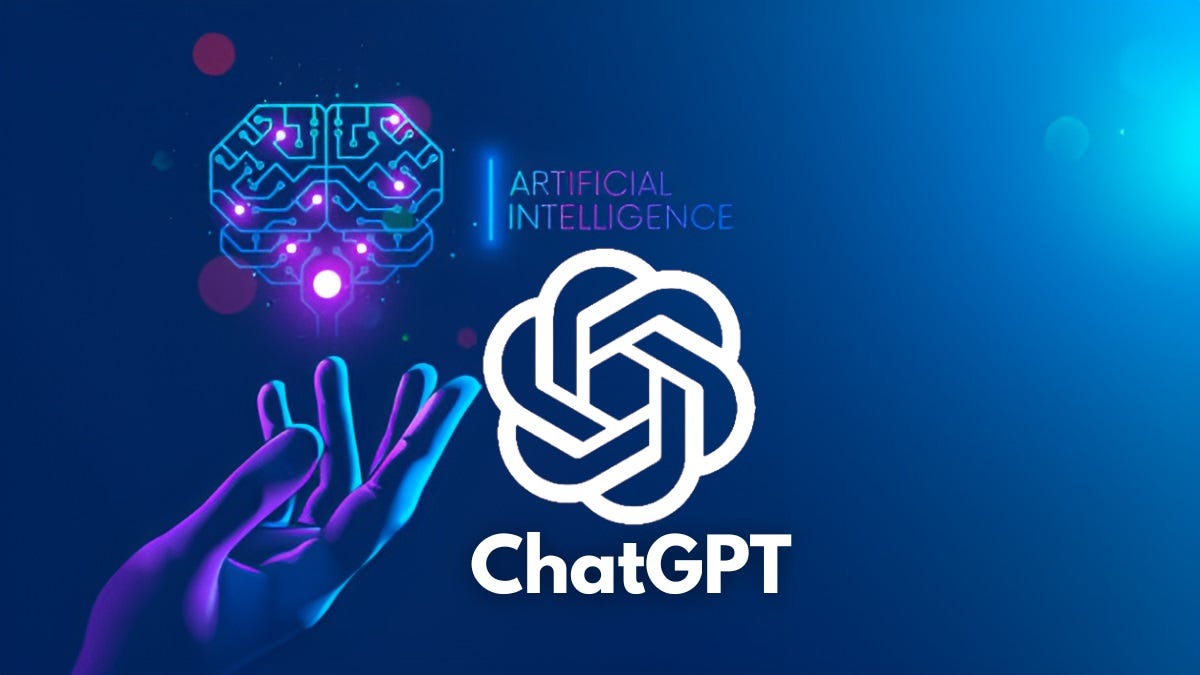The AI-based chatbot, ChatGPT, developed by OpenAI is set to offer a personalized user experience by incorporating a memory feature into its algorithm.
The Mechanism of Memory Feature
The addition of memory allows ChatGPT to gradually extract user preferences and other details through conversations. This comes into effect in one of two ways. User can either directly indicate their details for ChatGPT to remember, or the bot can autonomously gather the required details through interaction. The goal is to offer a more personalized and convenient experience with ChatGPT.
Memory Feature, a Double-edged Sword?
The introduction of a memory feature in ChatGPT is pivotal but also brings into question issues related to privacy and data collection. To execute this feature, the algorithm will have to gather user data, causing potential security concerns. OpenAI follows a strategy similar to various digital platforms, wherein user activity is observed to create a digital demographic, a method that inherently carries risks. There are emerging concerns about the use of gathered data for further algorithm training and enhancing personalization.
User Control over the Memory Feature
OpenAI asserts that users will have control over the bot’s memory feature. The company guarantees no collection of sensitive data, such as health information. Users can inquire ChatGPT about the data it has on them, which can be easily deleted if required. Users uninterested in the memory feature can simply turn it off, despite it being activated by default.
Test Phase of Memory Feature in ChatGPT
The memory feature of ChatGPT is currently in the testing phase and available to a limited number of bot users, with its public roll-out timeline yet to be disclosed.





